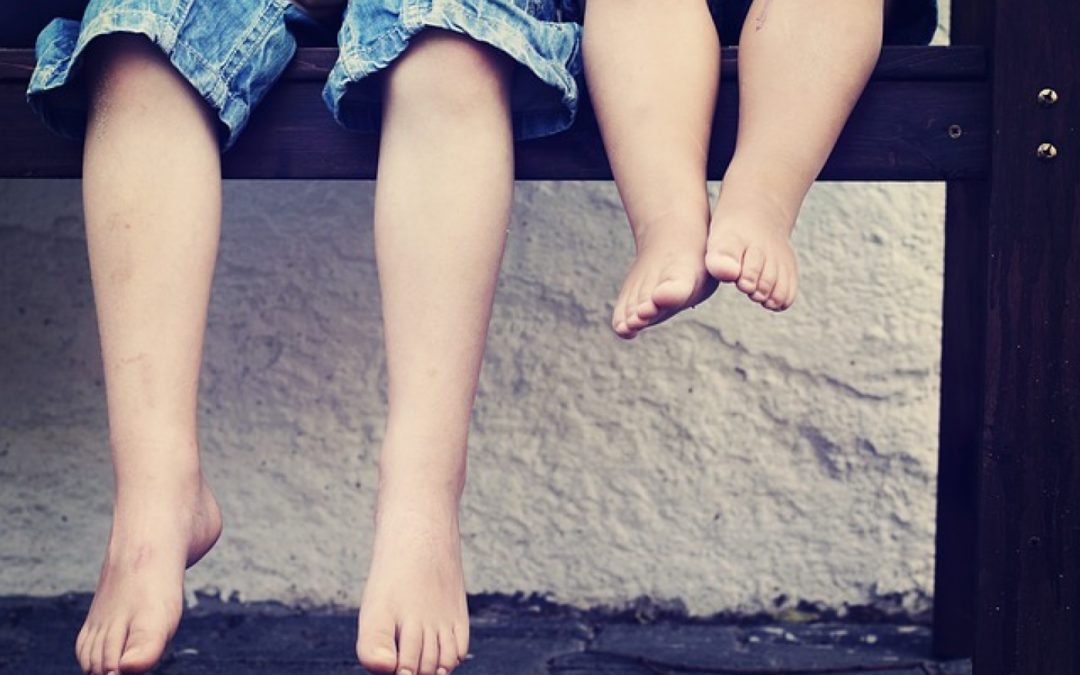Sock circulation refers to the flow of bodily fluids and blood when wearing socks within the feet and lower legs. Socks too tight restrict blood flow and cause discomfort and pain,especially for people with medical conditions, such as diabetes or peripheral arterial disease, which can impair circulation. On the other hand, too loose socks may not provide enough support for the feet and can cause discomfort and fatigue.Compression socks improve circulation by applying pressure to the lower legs and feet, especially,for people who spend a lot of time sitting, standing, or with medical conditions that affect circulation.They are an effective and non-invasive way to promote circulation and reduce swelling and discomfort in the legs and feet. However, consult a podiatrist to determine the level of compression and length of time to wear for your individual needs.If you are experiencing pain in your foot or ankle, contact the podiatrist at DeNiel Foot & Ankle Center. Our doctor can provide the care you need to keep you pain-free.
Compression socks are used for:
Compression stockings are available in different levels of compression, depending on the severity of the condition and the individual's needs. Lower compression stockings (15-20 mmHg) prevent blood clots, relieve tired or achy legs, and promote circulation. Higher compression stockings (20-30 mm Hg or higher) treat severe conditions such as deep vein thrombosis, lymphedema, and varicose veins.
- Improve circulation by promoting blood flow and circulation in the legs and feet. They can help prevent blood clots, reduce swelling, reduce inflammation, and alleviate symptoms of venous insufficiency.
- Reduce leg pain and fatigue by improving blood flow for people who spend a lot of time standing or sitting.
- Manage varicose veins by reducing swelling and improving blood flow in the legs. They also help to prevent the formation of new varicose veins.
- Treating lymphe dema is where the lymphatic system is unable to properly drain fluid from the legs or other parts of the body. The pressure from the socks can help to improve lymphatic flow and reduce swelling.
- Often,recommended for people who are at high risk of developing deep vein thrombosis (DVT)by promoting blood flow and reducing swelling in the legs. Beneficial for people who have recently had surgery or are on a long flight or car trip.
How long should they be used?
It's important to note that compression socks should fit to ensure that they provide the appropriate level of compression. Ill-fitting compression socks can cause discomfort, skin irritation, or worsen circulation problems.
The length of time varies depending on the individual's needs and the reason for using them. Follow the manufacturer's instructions and advice of a healthcare provider regarding how to wear, how long to use, and maintenance of compression socks.
For people wearing compression socks to improve circulation, reduce leg pain and fatigue, or manage varicose veins, the socks can be worn throughout the day and removed at night. Some people find it helpful to remove the socks for short periods during the day to allow the skin to breathe and prevent irritation.
For people with lymphe dema or other conditions that require more intensive compression therapy, compression socks may need to be worn for longer periods, including at night. In some cases, they might need to wear compression garments for the rest of their lives.
